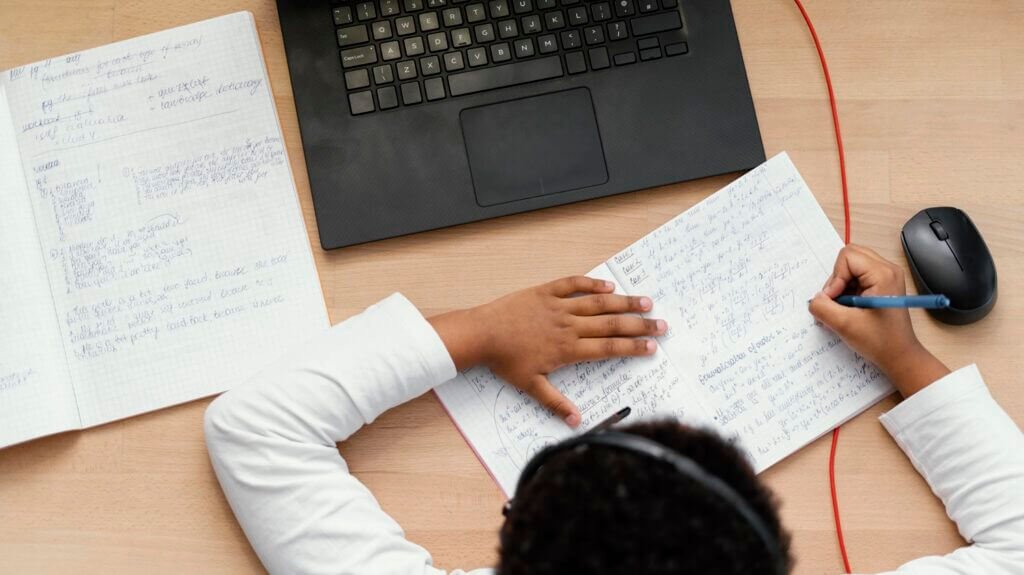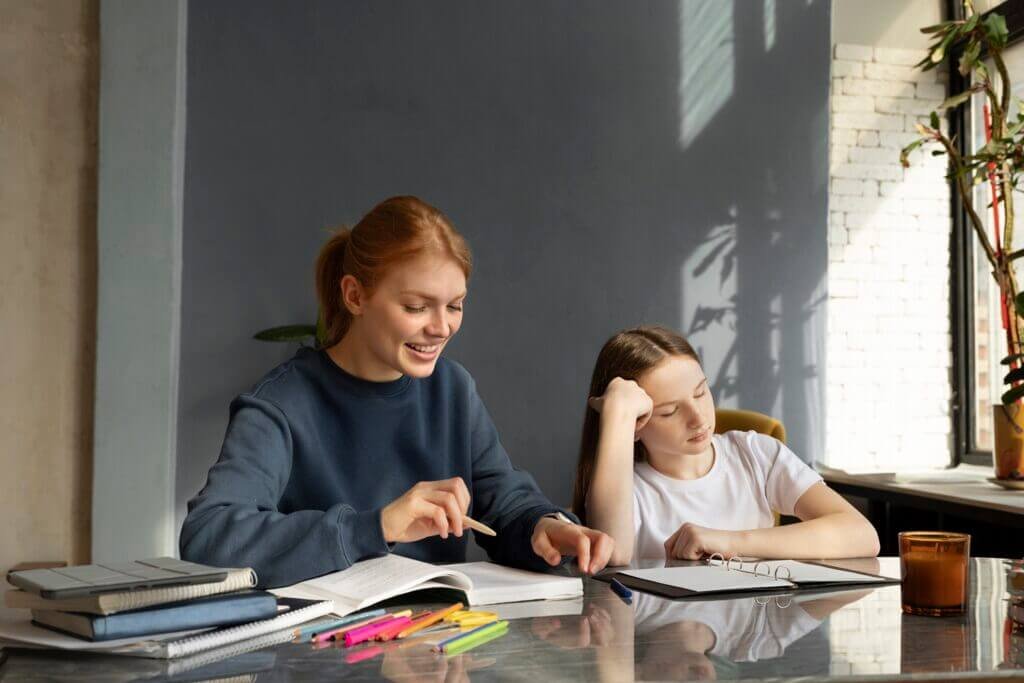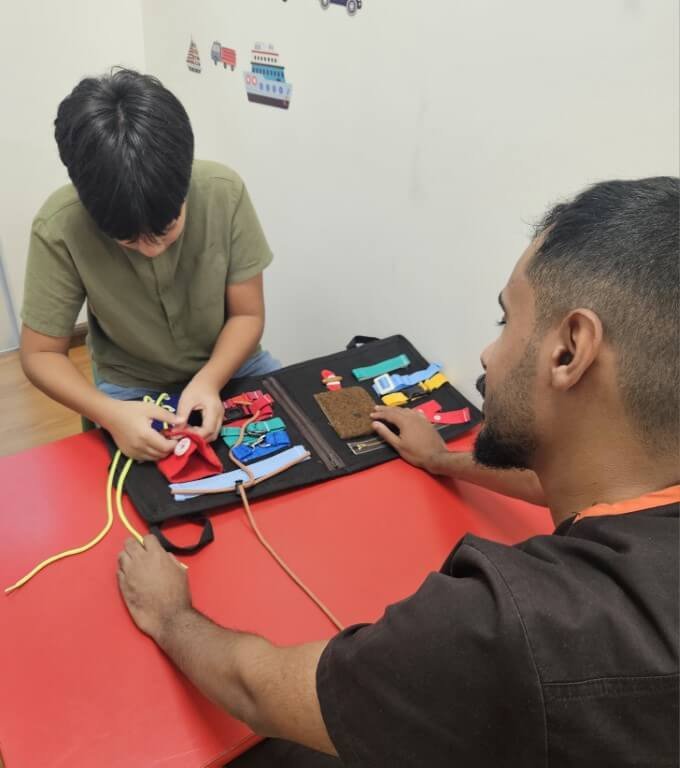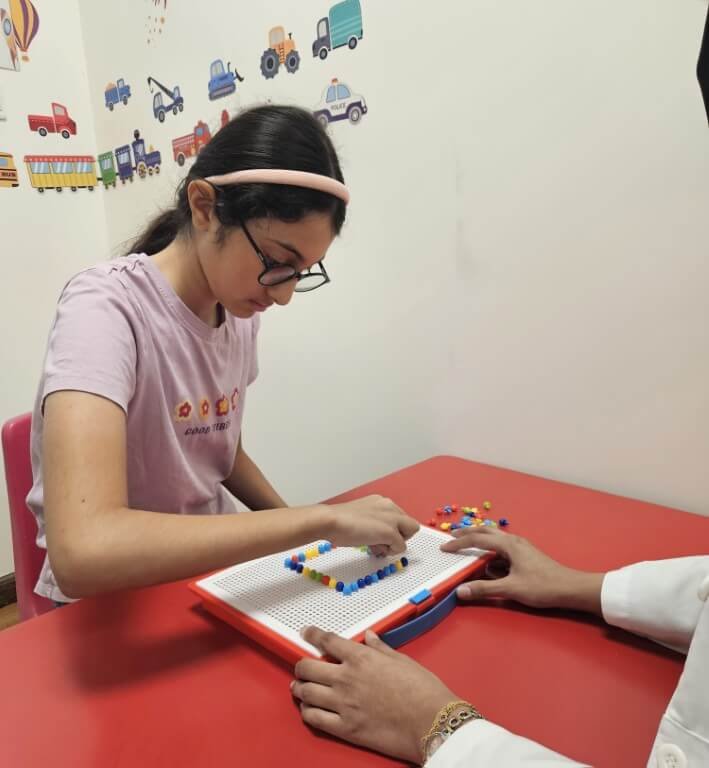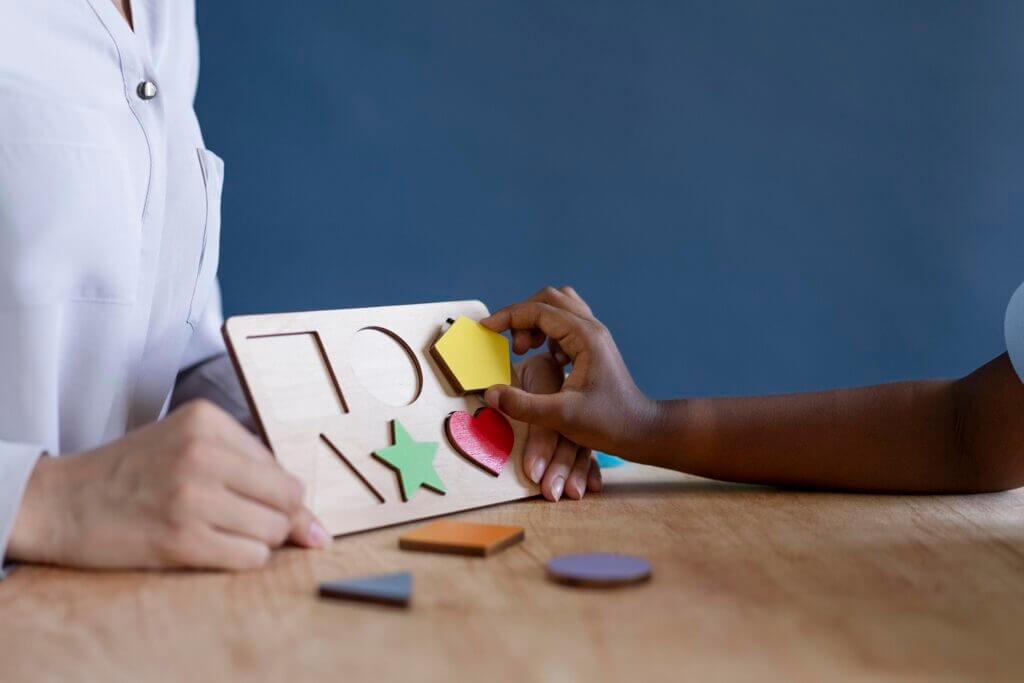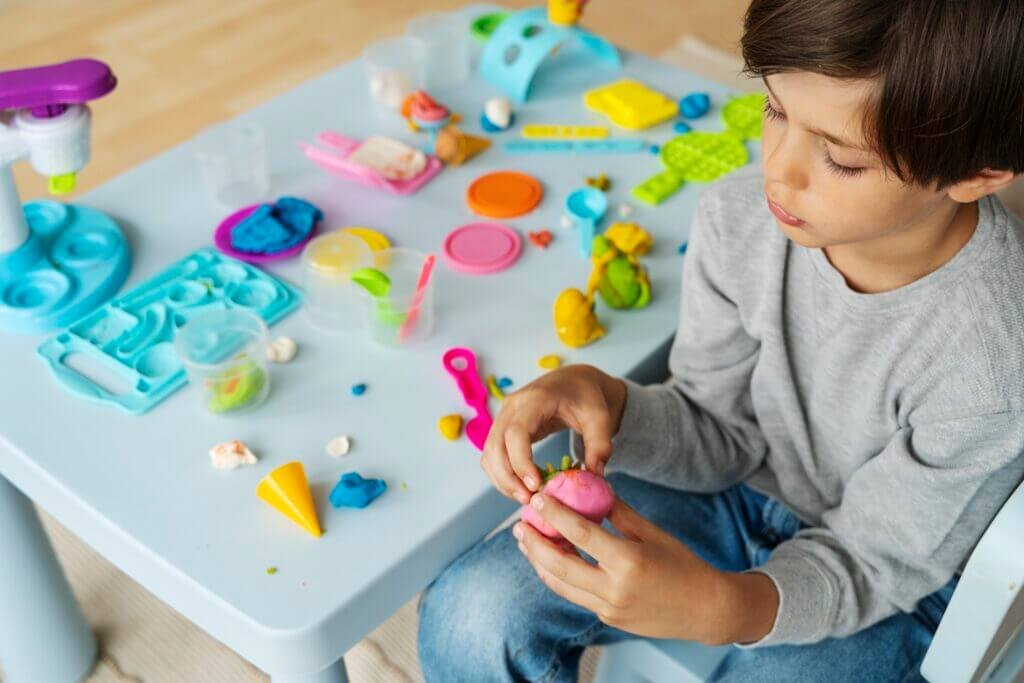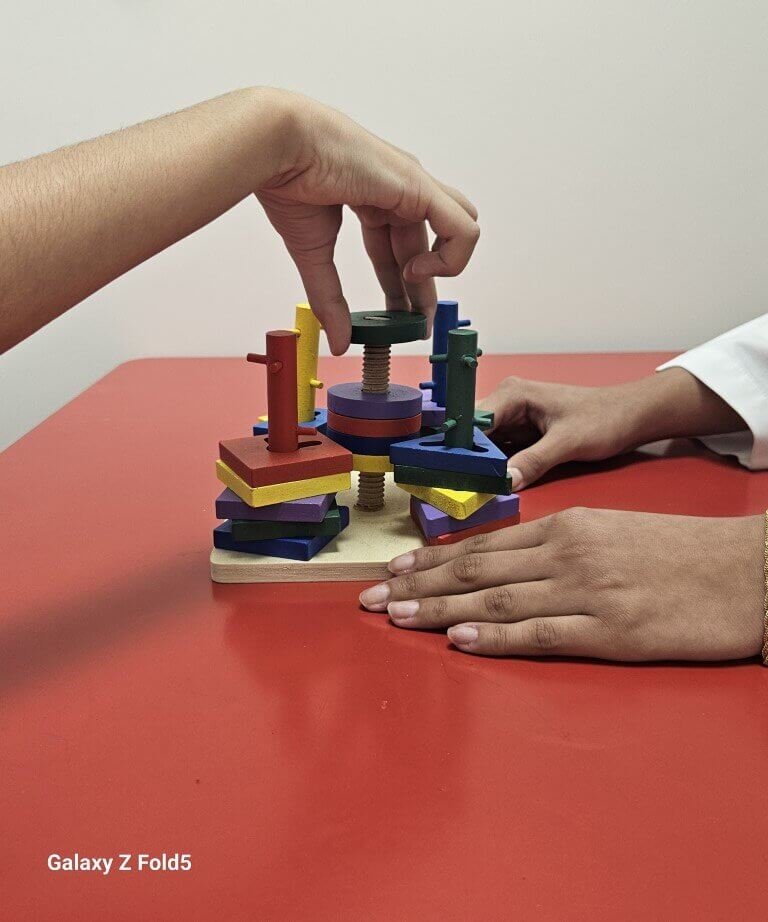
- Overall evaluation: The occupational therapist assesses the child's needs and current skills, as well as the child's surrounding environment.
- Develop an environmental modification plan: Based on the results of the assessment, the specialist develops a detailed plan for modifying the environment, including:
- Furniture modification: This may include changing the height of the table and chair, or adding arm or footrests.
- Lighting adjustment: The child may need brighter or dimmer lighting, or directed lighting.
- Audio modification: The child may need a quiet environment or the use of hearing aids.
- Edit tools: Your child may need special tools to help him do daily tasks, such as special eating utensils or sponge handles.
- Space organization: The space should be organized in a way that allows the child to move freely and reach things easily.
- Environment training: The specialist trains the child on how to use the new environment and how to benefit from the modifications that have been made.
- Collaboration with parents and teachers: The specialist works with parents and teachers to implement necessary modifications at home and school.
- In the bedroom: adjustable bed, dim lighting, non-slip carpet.
- In the bathroom: raised seat, handrail, anti-slip mat in the tub.
- In the kitchen: low table, high chair, custom cutlery.
- In the classroom: adjustable desk, chair with armrests, large whiteboard.





